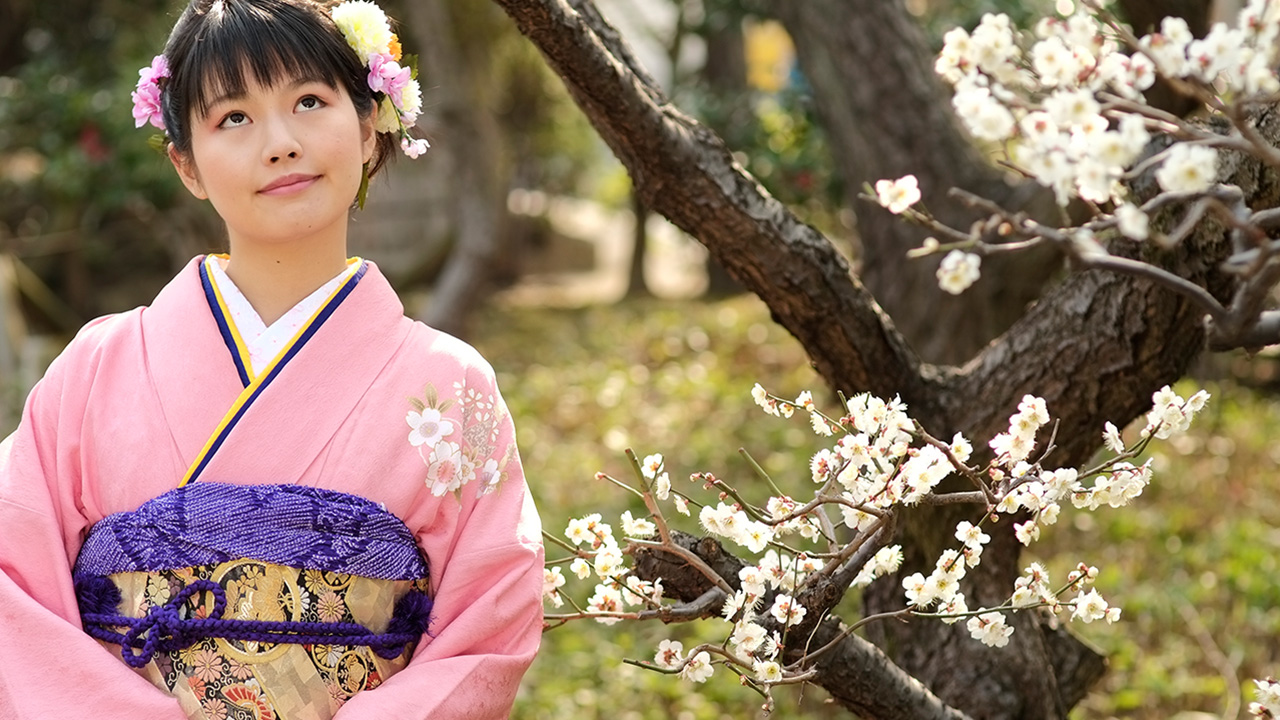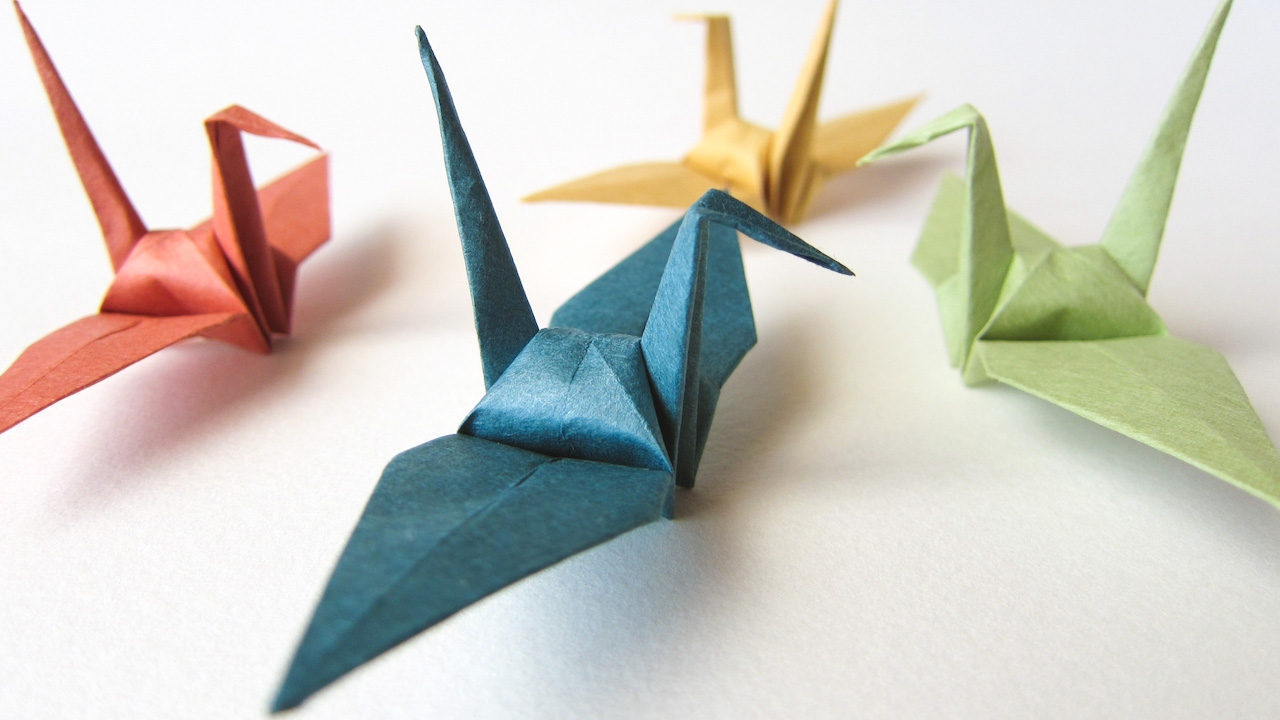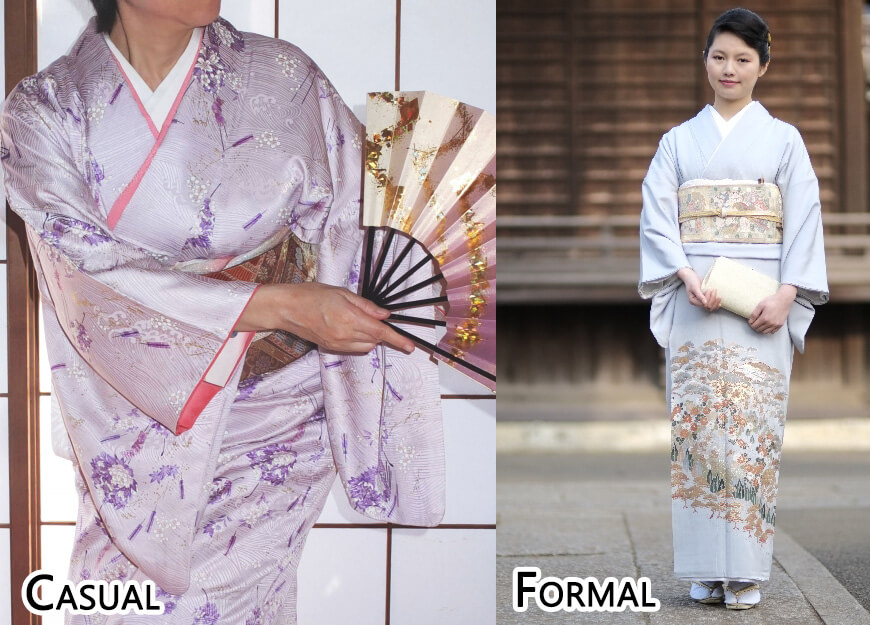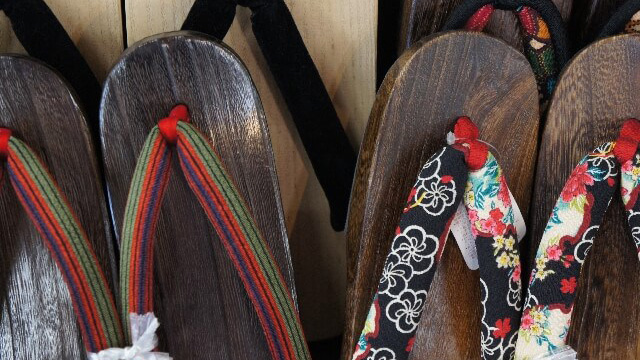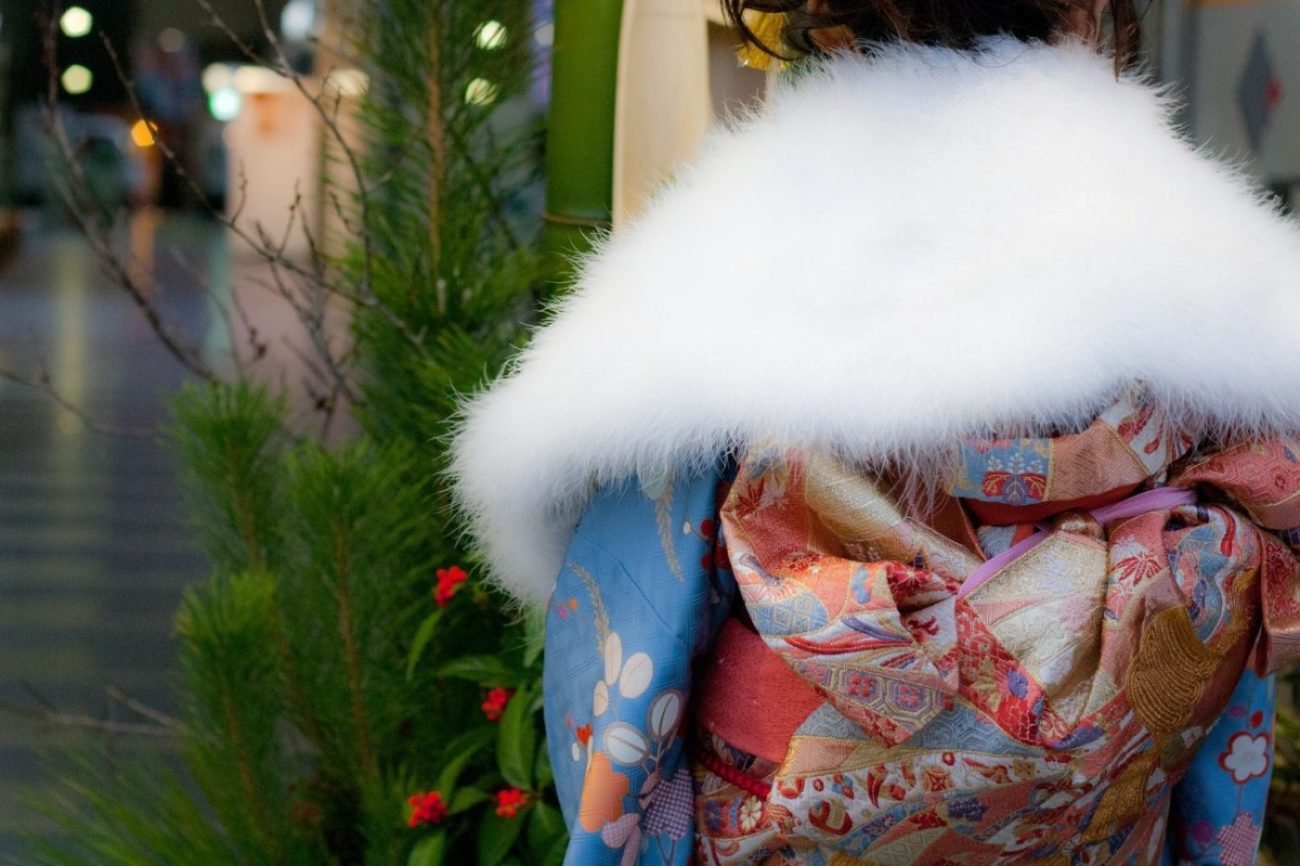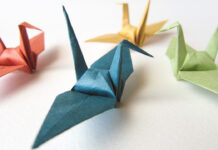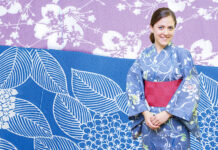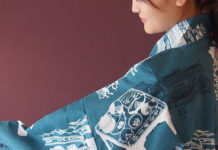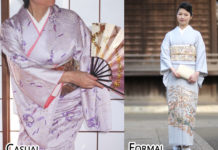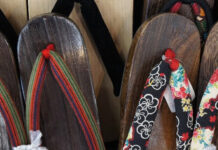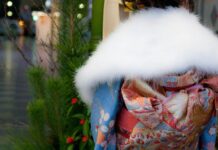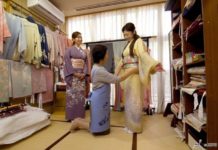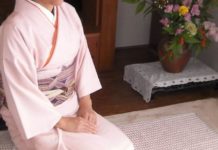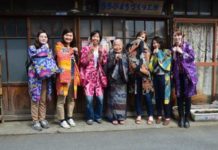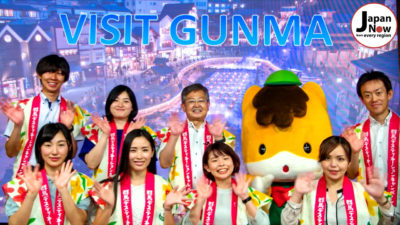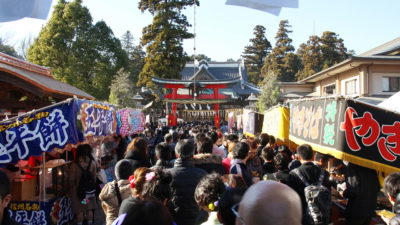Kimono literally means “something that is worn”, and there are many Japanese Kimono types for different occasions.
The basis of the kimono is, of course, the kimono robe itself. There are various kimono styles, patterns, and colors to match the seasons. However, there is also a stark difference in Japanese kimono types. Each has it’s own unique place in Japanese culture and customs. Impress the locals with your knowledge of kimono styles!
Kimono Type 1 : Furisode (振袖)
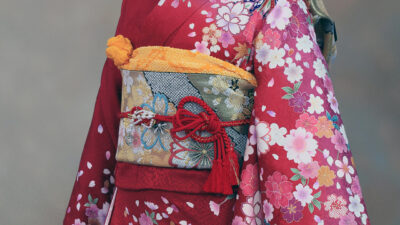
Let’s start with the most formal Japanese kimono type, the furisode. Unmarried women wear the furisode, which has sleeves between 100cm- 107cm long. Often the furisode kimono type come with very dramatic designs meant to catch the eye.
There are actually three different furisode kimono types with different sleeve lengths; the Kofurisode (小振袖) with short sleeves, the Chu-furisode (中振袖) with medium sleeves and the Ofurisode (大振袖) with sleeves almost reaching the ground.
Ofurisode is the most common furisode kimono type and is the most formal. It also has some padding which adds weight and durability. Typically Ofurisode is worn in formal ceremonies by entertainers or brides at a wedding as one of the classiest kimono styles.
Chu-furisode have become more popular with young women. Unlike the Ofurisode, they do not have any padding on the inside. As a result, they are lighter and cooler.
Kofurisode, with the shortest sleeves, can also be worn with formal pants, or hakama. Compared to the other furisode kimono types, it is not as common. The look, especially with the hakama and boots, calls back to the Meiji period. During that time, it was the kimono style of many Japanese school girls.
Now let’s check out the next kimono! If you are looking for the basic rules of wearing a kimono, check out our article “Basic Rules for Wearing Kimono”. It’s a great resource to get you started!
Kimono Type 2: Hikizuri (引きずり)
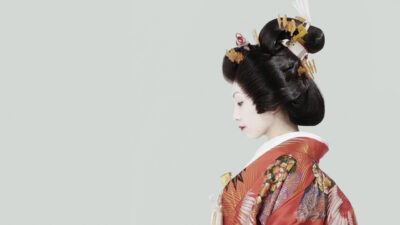
Before the Meiji era, Hikizuri kimono was worn by wealthy women of high rank. Now, the chances you will see this kimono type in public are very slim unless you are in Kyoto or the Asakusa area of Tokyo. Hikizuri means “trailing skirt” and the kimono got this name because of its length. The gorgeous fabric flow elegantly.
In contrast to other kimono types, Hikizuri kimono is mainly worn by geisha, maiko or stage performers of traditional Japanese dance. With modern times, women had more opportunities to leave the house which resulted in the current kimono styles that requires folding the extra fabric around the waist.
Kimono Type 3: Tomesode (留袖)
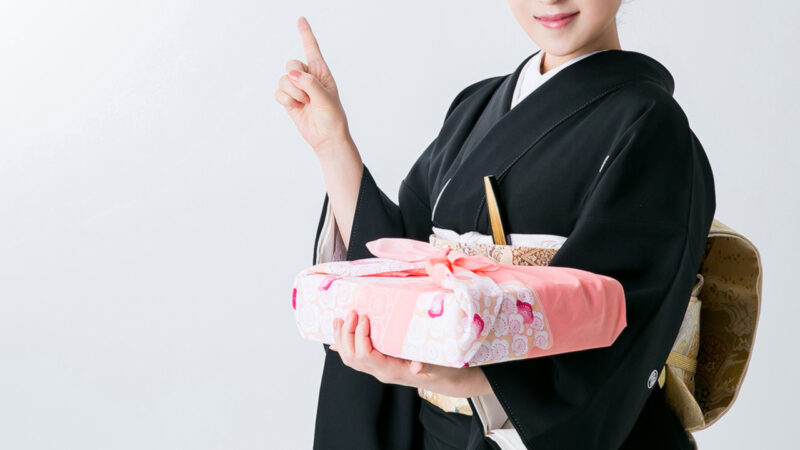
Tomesode is the most formal kimono type worn by married women. Specifically, the pattern of a Tomesode is always below the waist and has a beautiful design. In fact, it sometimes includes gold. In western culture, this kimono type is equivalent to and evening dress. It has either 3 or 5 crests. The latter is more formal, and they range from colorful to just black varieties. The black variety, Kuro Tomesode, are only worn by married women.
However, the colorful Iro Tomesode may be worn by unmarried women. Of course, the Tomesode make an appearance at formal events like weddings and tea ceremonies. Among other kimono types, it is one of the most stunning.
Kimono Type 4: Houmongi (訪問着)
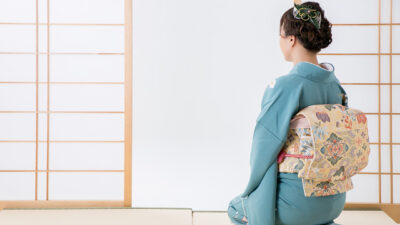
What is Houmongi? The literal meaning of Houmongi is “visiting wear”, and both married and unmarried women wear these semi-formal kimono types. Houmongi come in many elegant colors and designs that are suitable for various ceremonies and semi-formal house parties. The pattern flows over the shoulder to the seams in the back, visible on the sleeves and under the waist.
This kimono style is created using the “eba” method which looks like a continuous painting stretched across the entire kimono. Even though its history is quite old, when it appeared in the Taisho period, it was a new kimono type.
Kimono Type 5: Iro Muji (色無地)
These kimonos types have a plain color without any patterns. The beauty of these kimono styles comes from simplicity. Because the design is not too flashy, it does not disrupt solemn events or draw too much attention to the wearer. However, that doesn’t mean they are only worn on sad occasions. Iro Muji often fly out of the closet for family celebrations or graduation ceremonies. Also, there is even a specific kind of Iro Muji kimono for tea ceremonies. Their formality depends on the amount of crests on the kimono.
Kimono Type 6: Komon (小紋)
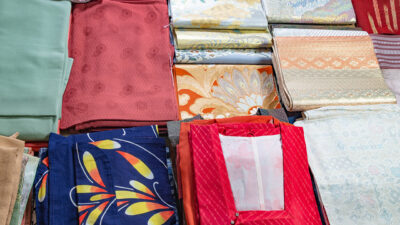
Japanese people know this kimono as the casual kimono. Compared to other kimono types, you will likely see these the most often. They have a repeating pattern that often with vertical stripes. Even though they are beautifully crafted, do not wear this kimono type for a formal event! Instead, it is great for a stroll around the town, or small celebrations.
In fact, this was the most common way to dress before Western clothes became popular in Japan. Can you imagine a time when the streets were covered in these lovely designs as locals went about their day?
Kimono Type 7: Yukata (浴衣)
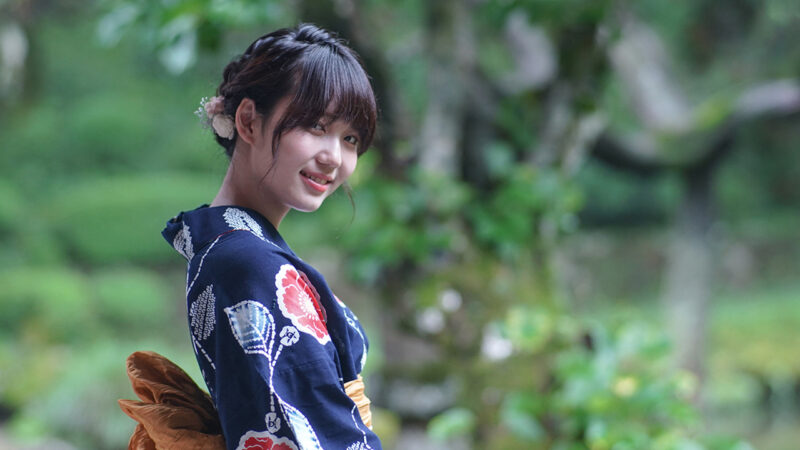
This cotton kimono’s light weight and lack of undergarments make it perfect for summer. As a result, the yukata appears during festivals or on a hot day out. In fact, people rarely gather at the busy local festivals or spectacular summer firework displays without wearing a matsuri style yukata. Though it is the most informal, the yukata is the most popular among Japanese kimono types. As a result, the yukata is one of the first images to come to mind when thinking about Japanese culture, especially when thinking about festive celebrations. Geta, wooden kimono footwear, are worn under this kimono and the obi is tied in a simple way. You’ll have plenty of chances to experience the comfort of a yukata in Japan if you visit any Japanese ryokan or hot spring town.
Kimono Type 8: Wedding Kimono
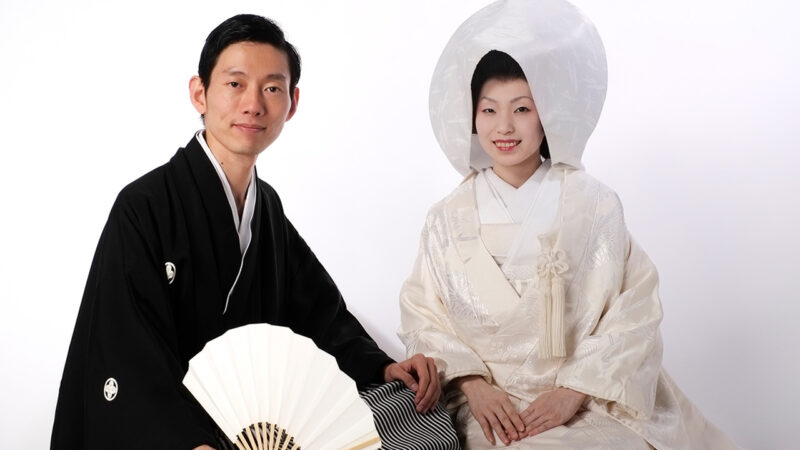
This is a bride’s pure white kimono. The official name for the dress is ‘Shiromuki’. In fact, the white color of the kimono dates back to the days of the samurai. At that time, a woman would show her submission to the family she was marrying into. Being white, it meant she could easily blend into the family’s colors. Clearly, these kimono types have a special place in Japanese culture and history. In addition, they enhance the beautiful bride on her special day.
Kimono Type 9: Men's Kimono Types
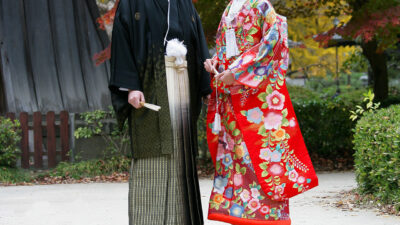
There are also kimono types for men. In fact, men used to wear kimono every day. However, men’s kimono styles are not as popular today. Men’s kimono are simpler with subdued colors. Specifically, the most formal men’s kimono type is a combination of hakama (kimono pants) and Haori (kimono jacket). The most common men’s kimono style, kinagashi, is simply worn with an obi belt tied around the waist.
Finding the Right Footwear for Your Kimono
Did you know that there are actually different types of shoes that match the kind of kimono you are wearing? Here are the 4 kinds of footwear that go with the Japanese kimono.
- Geta
- Waraji (straw sandals)
- Bokkuri-geta (tall clogs)
- Boots
Kimono shoes are generally tall and lift the wearer off the ground. The additional height helps protect the beautiful Japanese kimono from dirt when walking.
For more about kimono shoes for traditional Japanese clothing, be sure to check out our detailed article “Kimono Shoes for Traditional Japanese Clothing”!
The All Important Kimono Obi Knot
Now that you know all about the 9 main different types of kimono, let’s take a closer look at one of the most important elements — the obi. When wearing a kimono, it is essential to wear an “obi.” The obi is a long, narrow cloth that is wrapped and tied around the waist when donning traditional Japanese clothing. The choice of obi varies depending on the type of kimono, and there are primarily five different ways to tie the obi. The art of tying the obi is truly beautiful. To learn more about the different types of obi knots check out our in-depth article “5 Types of Japanese Kimono Obi Knots”!
And many more kimono styles
Japanese kimono types have evolved over time and the rules for wearing one became less strict. As a result, young people make kimonos out of modern fabrics and mix flashy colors with unconventional accessories.
Traditional clothing can be trendy too! If you are looking for a more modern style of Japanese kimono, check out our helpful article “Modern kimono styling”!
That includes the many different obi styles as well. Now that you know about the various Japanese kimono types, try one on for yourself!
When visiting Japan, why not try a real kimono fitting experience? There are many places in Tokho that let people rent a kimono and walk through cultural sites around the city. You can find out more about this exciting activity “Wear A Kimono In Tokyo”!
There is one to fit every personality and every occasion. What better way is there to experience Japanese culture than to wear part of it on your body.
WATTENTION NINJA WRITER PROFILE
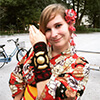
From popular culture to traditional culture, I’ve immersed myself in both. I love writing about tradition, history and sharing fun discoveries. If I’m not outside watching a festival parade I’m leisurely reading manga in kimono.
 0
0

